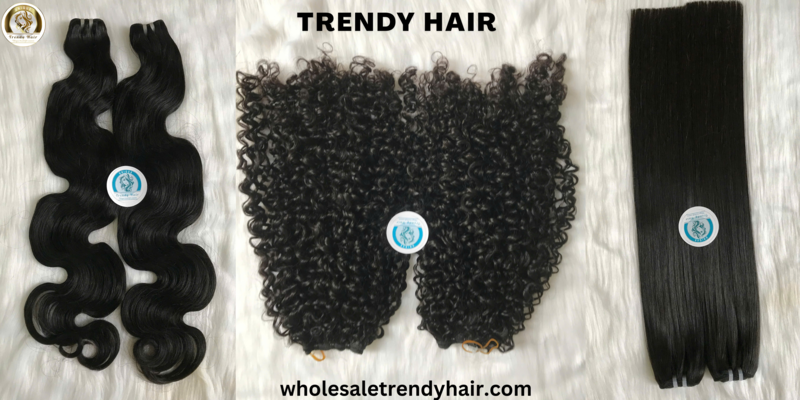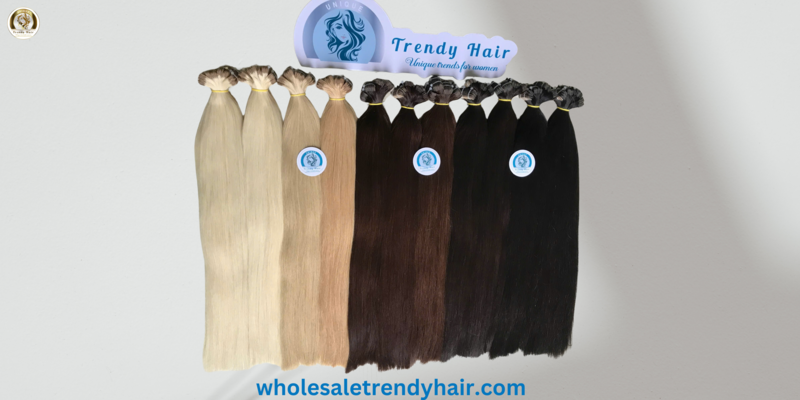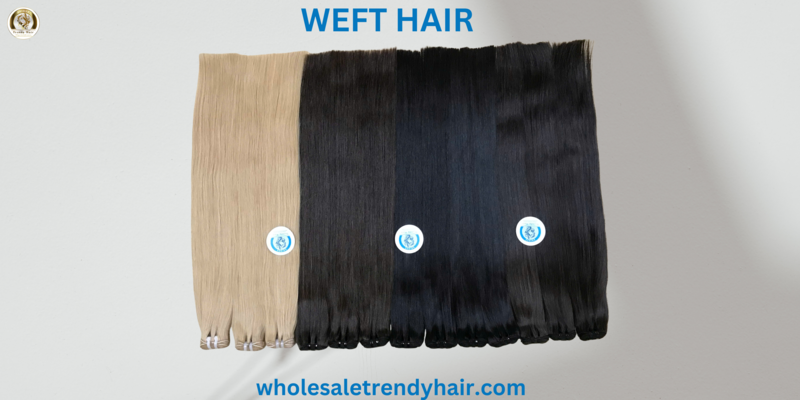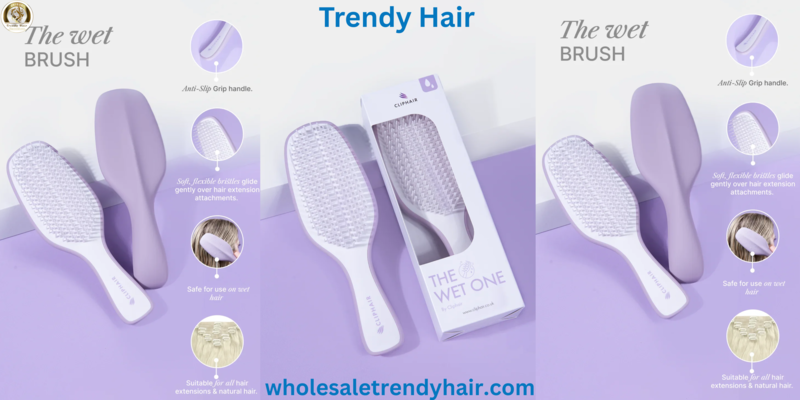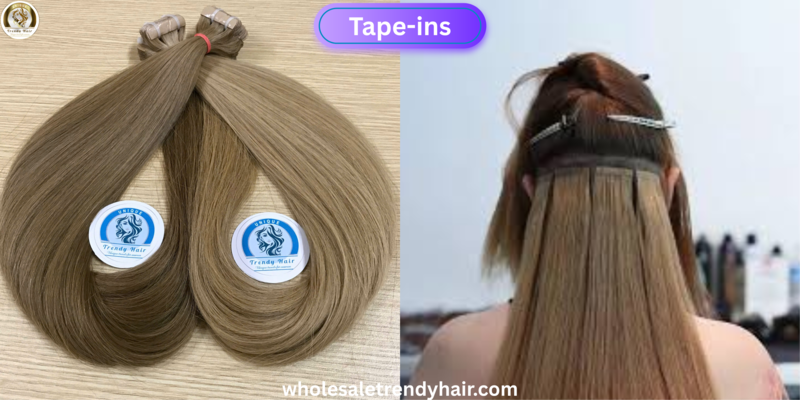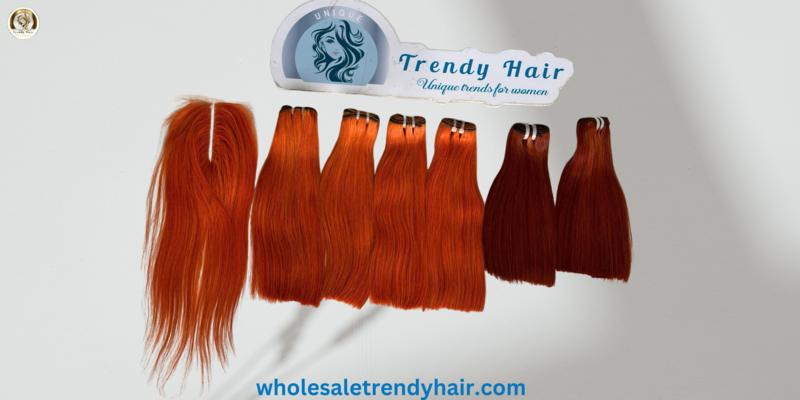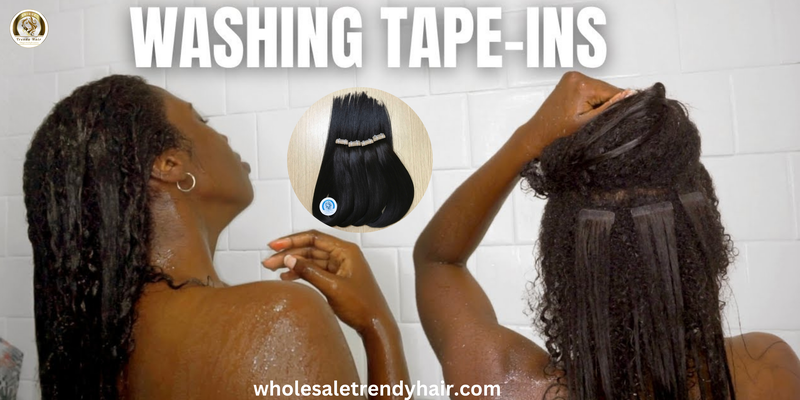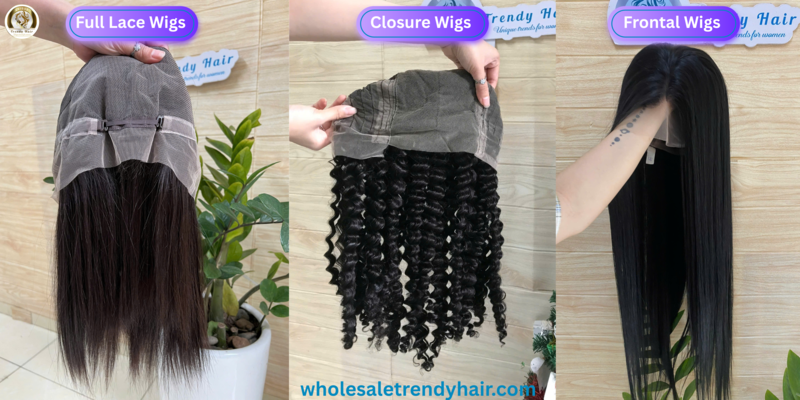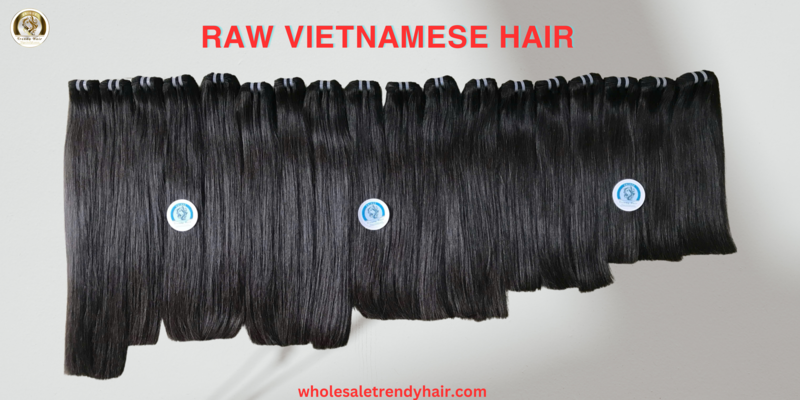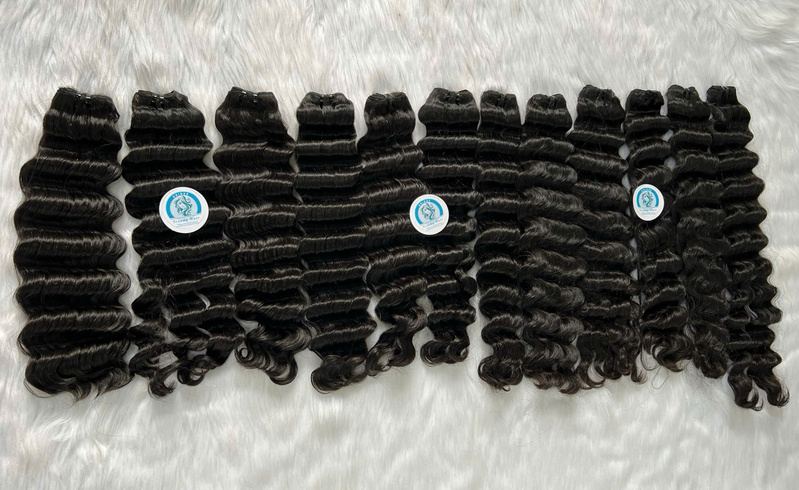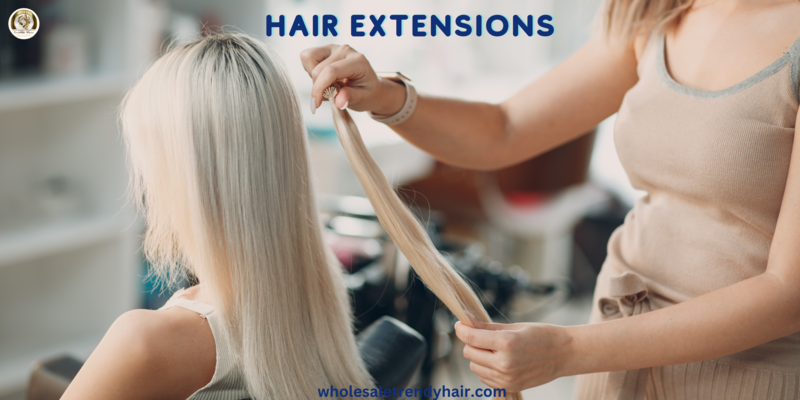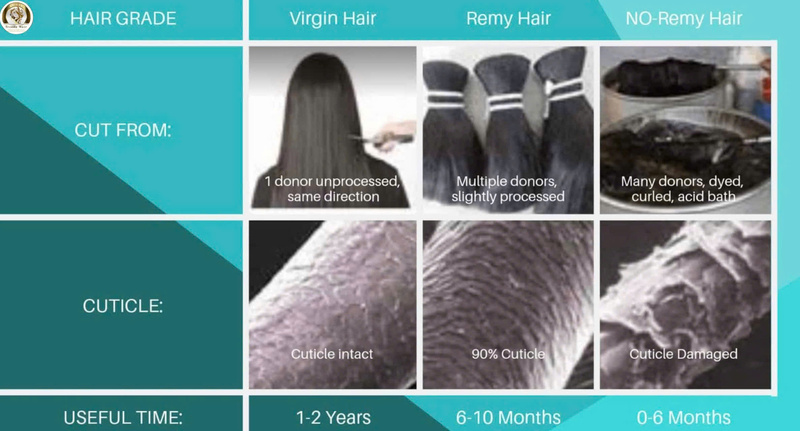In the world of hair extensions, the full sew-in has become a top choice for countless people around the world seeking a complete hair transformation. This protective styling method has gained massive popularity, particularly among those who want to switch up their look without committing to permanent changes. From celebrities walking red carpets to everyday women heading to work, the full sew-in offers versatility and style that’s hard to beat.
But here’s the question that keeps coming up in salons and hair forums across the country: “How many bundles do I actually need for a full sew-in that looks natural and feels thick enough?” It’s a fair question, and frankly, one that deserves a detailed answer.
Getting the bundle count right isn’t just about aesthetics—though that’s certainly important. It’s about creating a look that feels natural, staying within your budget, and achieving the exact style you have in mind. Too few bundles, and you’ll end up with thin, sparse-looking hair that screams “fake.” Too many, and you’re not only wasting money but potentially creating a style that looks unnaturally thick.
What Is a Full Sew-in?
A full sew-in is a hair extension method where your natural hair is completely braided down into cornrows, and hair bundles are sewn directly onto these braids using a needle and thread. Unlike partial sew-ins where some of your natural hair is left out, a full sew-in covers your entire head with extension hair.
This method works particularly well for people with damaged hair, those going through hair growth transitions, or anyone who simply wants to try a completely different length or texture without the commitment. It’s also an excellent protective style that gives your natural hair a break from daily manipulation and styling.
When compared to other extension methods like tape-ins, clip-ins, or fusion extensions, the full sew-in offers several distinct advantages. It lasts longer (typically 6-8 weeks), provides more styling versatility, and creates a more seamless blend since none of your natural hair is visible.
The most popular variations include:
*Full sew-in with closure:* This style uses a small piece of hair (usually 4×4 inches) that mimics your natural scalp and hairline at the crown. The closure allows for natural-looking parts and gives you flexibility in styling.
*Full sew-in with frontal:* Instead of a small closure, a frontal piece extends from ear to ear across your hairline. This option provides even more styling versatility, allowing you to create different parting styles and pull your hair back more naturally.
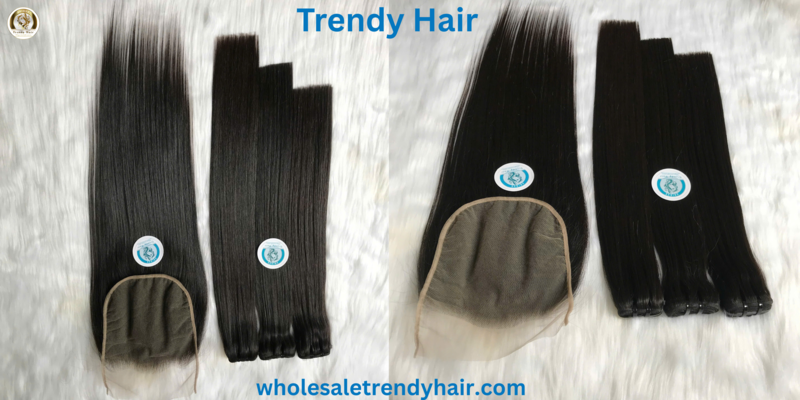

*Full sew-in no leave-out:* This is the most protective option where absolutely no natural hair is left exposed. Your entire head is covered with extension hair, giving your natural hair complete protection.
How Many Bundles Do You Really Need?
The number of bundles you need depends on several key factors, and understanding these will help you make the right choice for your specific situation.
Based on Hair Length
*Short hair (10″–14″):* For shorter styles, you’ll typically need 2-3 bundles. The shorter length means less hair is required to create fullness, and the weight distribution is more manageable. I’ve seen beautiful bob styles achieved with just 2 high-quality bundles, though 3 bundles will give you that extra volume most people prefer.
*Medium length (16″–20″):* This is probably the most popular length range, and you’ll want to plan for 3 bundles. This length hits that sweet spot where you get movement and flow without the hair becoming too heavy or difficult to manage. Three bundles in this range typically provide the perfect balance of fullness and natural movement.
*Long hair (22″–30″):* Once you go beyond 20 inches, you’re looking at 3-4 bundles or more. Longer hair requires more bundles to maintain fullness throughout the length. The weight of longer hair can also cause shorter bundles to appear thinner at the ends, so the extra bundle helps maintain consistent thickness from root to tip.
Based on Hair Texture
Different textures require different amounts of hair to achieve the same visual fullness.
*Body wave and straight hair* typically need fewer bundles because the hair lies flatter and creates the illusion of more density. The smooth texture reflects light better, making the hair appear fuller.
*Curly and kinky textures*, on the other hand, often require an additional bundle. The curl pattern creates more space between hair strands, which can make the overall style appear less dense. The texture also tends to shrink the apparent length, so you might need more hair to achieve your desired look.
Based on Type of Sew-in
*Full sew-in with closure:* This is often the most economical option, requiring 2-3 bundles plus your closure piece. The closure covers the crown area where you’d typically need the most hair, so you can get away with fewer bundles while still achieving a full look.
*Full sew-in with frontal:* Similar to the closure option, you’ll need 2-3 bundles plus your frontal piece. The frontal covers more area than a closure, which means you might be able to use slightly fewer bundles, especially if you’re going for a more natural, less voluminous look.
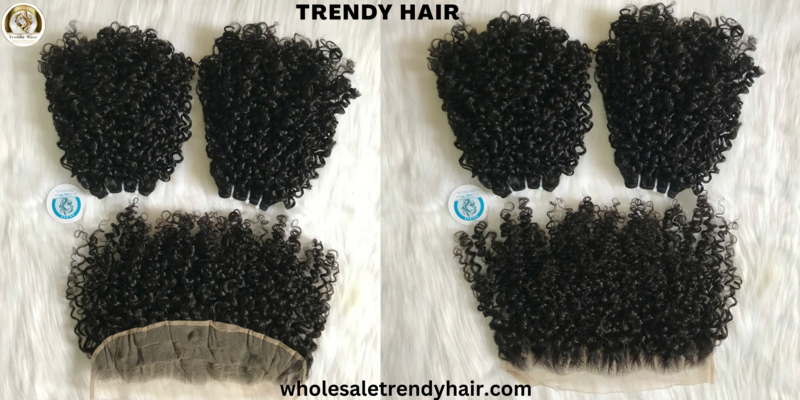

*Full sew-in using sewing machine:* Some stylists use sewing machines to create more precise, tighter tracks. This method can sometimes reduce the number of bundles needed because the machine creates more secure attachment points, allowing for better hair distribution. However, this technique requires a skilled stylist experienced with machine sewing on hair.
Factors to Consider When Choosing Bundles
Beyond just the number of bundles, several other factors will impact your final look and the amount of hair you need.
*Hair type quality* makes a huge difference. Virgin hair, which hasn’t been chemically processed, tends to be thicker and more durable. Remy hair, where all cuticles face the same direction, creates smoother, more natural-looking results. Raw hair, which is completely unprocessed, often provides the most natural movement and longevity.
*Bundle weight* is another crucial consideration. Standard bundles are typically 100g, but you can find 120g bundles that provide more hair per bundle. If you’re trying to minimize costs, fewer 120g bundles might give you the same result as more 100g bundles.
*Hair origin* affects both texture and behavior. Vietnamese hair is known for its strength and natural wave pattern. Brazilian hair tends to be versatile and blends well with many natural textures.
*Your natural hair texture* should also guide your decision. If you have naturally thick hair, you might need more bundles to match that density. If your hair is naturally fine, too many bundles might create an obviously unnatural look.
Tips for a Perfect Full Sew-in Look
Getting the perfect full sew-in isn’t just about bundle count—it’s about making smart choices throughout the process.
Always consult with your stylist about length choices. What looks good on social media might not work with your face shape, lifestyle, or hair type. A good stylist will help you choose lengths and textures that complement your features and daily routine.
Choose your hair vendor carefully. The quality of your bundles will significantly impact your final look and how long your sew-in lasts. Research reviews, ask for recommendations, and don’t be afraid to invest in quality hair—it’s worth it in the long run.
For most people, I recommend starting with the 3 bundles plus closure combination. This provides enough hair for a full, natural look while keeping costs reasonable. You can always add more bundles in future installations if you decide you want more volume.
Consider your lifestyle when planning your sew-in. If you’re very active or prefer low-maintenance styles, you might want to go with fewer bundles for easier management. If you love dramatic, voluminous looks and don’t mind the extra styling time, more bundles might be worth it.
Conclusion
The magic number for most full sew-in installations falls between 2-4 bundles, depending on your desired length, texture, and overall look. Shorter styles can work beautifully with 2-3 bundles, while longer lengths typically require 3-4 bundles for optimal fullness and natural movement.
Remember that the type of sew-in you choose—whether it’s a full sew-in with closure, full sew-in with frontal, or another variation—will also influence your bundle needs. The key is finding the right balance between achieving your desired look and staying within your budget.
Ready for your next full sew-in?
Shop our best bundle deals today and take the first step toward your perfect hair transformation.
Contact Us Trendy Hair Company
Trendy Hair Company
Address: No 6, lane 3, Alley 78 Duy Tan, Dich Vong Hau Ward, Cau Giay District, Ha Noi, Viet Nam
Hotline: +84972316380
Email : Trendyhair.vietnam@gmail.com
Website : https: //wholesaletrendyhair.com/
Instagram : wholesaletrendyhair
- Transform Your Hair With Bulk Curly Hair Extensions
- Keratin Bonding: The Natural, Long-Lasting & Professional Hair Extension Solution
- How to tell the difference between lace closure and lace frontal
- The Pixie Curly Hair 100% Human Hair from Vietnamese Hair with Raw Hair Quality
- The Expert’s Choice: full frontal lace wigs for Impeccable Hairlines



